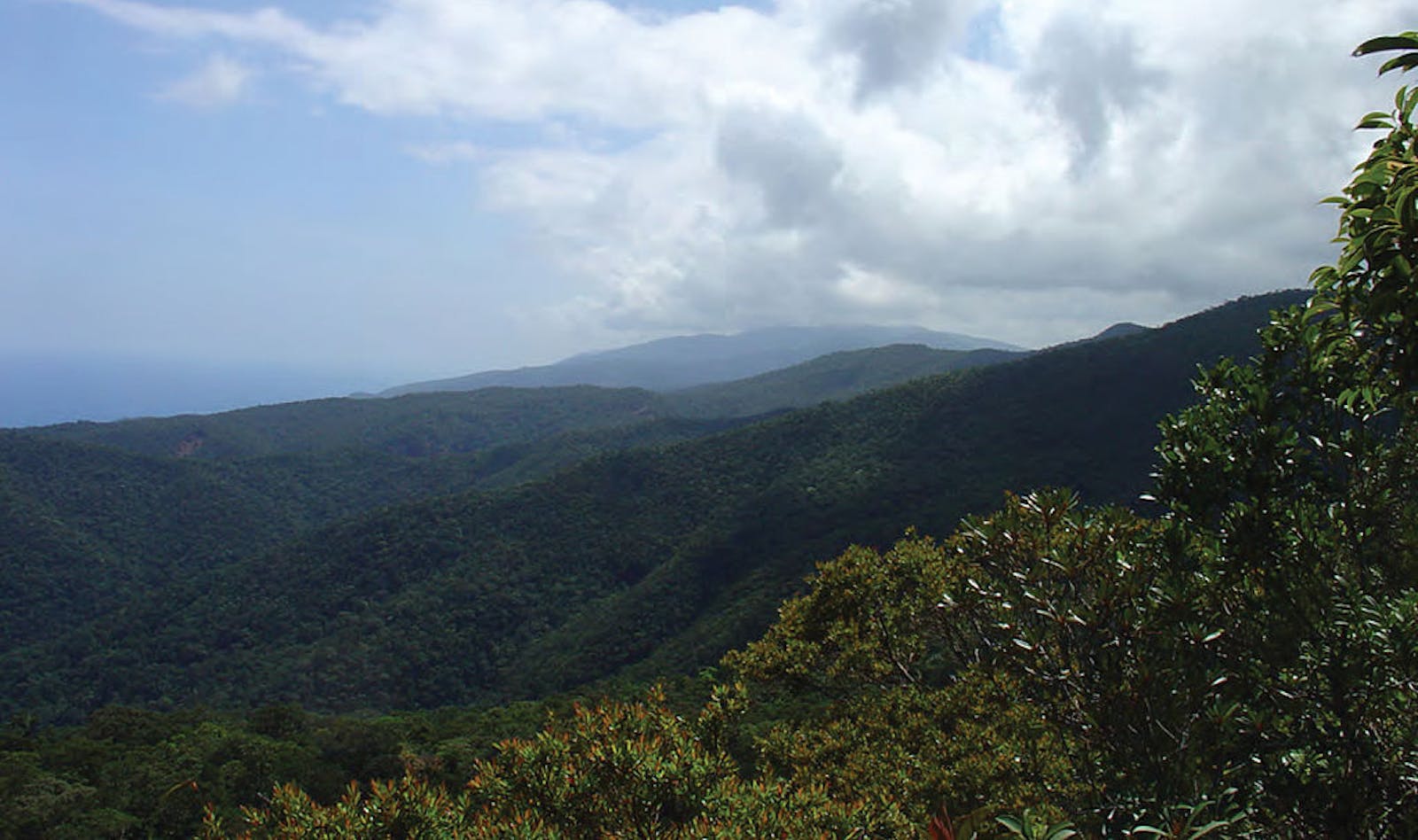Luzon Montane Rainforests
The ecoregion’s land area is provided in units of 1,000 hectares. The conservation target is the Global Safety Net (GSN1) area for the given ecoregion. The protection level indicates the percentage of the GSN goal that is currently protected on a scale of 0-10. N/A means data is not available at this time.
Bioregion: Philippines & Sulu Sea Tropical Forests (IM15)
Realm: Indomalaya
Ecoregion Size (1000 ha):
832
Ecoregion ID:
240
Conservation Target:
90%
Protection Level:
5
States: Philippines
Most mammals on the mountains of Luzon Island are ‘cloud rats’ and ‘earthworm mice’, endemic to the mountain ranges, and even to individual mountain peaks. Over the course of a 12-year biological exploration in these mountains, scientists have now described 52 species of non-flying mammal species found nowhere else in the world.
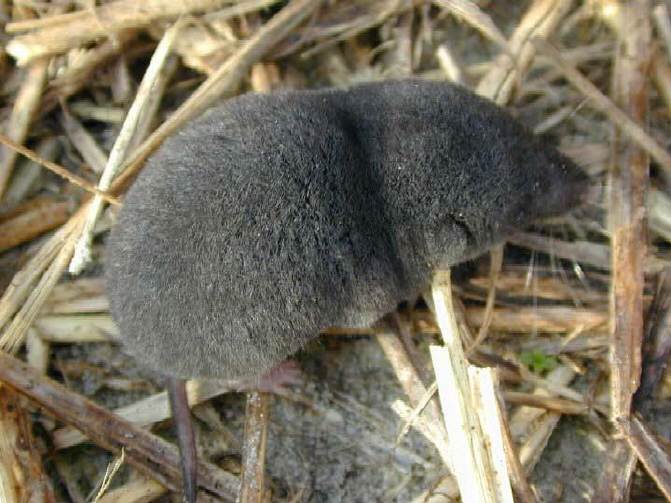
The flagship species of the Luzon Montane Rainforests ecoregion is the northern luzon shrew mouse. Image credit: Creative Commons
The Luzon Montane Rain Forests ecoregion represents the forests above 1,000 m in elevation along the Sierra Madre Mountain range, the longest in the Philippines, and the Zambales Mountains in the west. Some of the mountain peaks of these ranges rise to over 2,700 m, erected through a complex geologic history that has involved volcanic eruptions and shifting undersea geological plates. Through all this, Luzon has remained isolated from the other larger islands.
The island was created from a series of about ten volcanos that erupted and emerged from the ocean over 27 million years ago and then began to coalesce into a single large island, a process that went on until about half a million years ago. The climate is tropical. Rainfall occurs throughout the year, but increases from May to January, especially on the eastern parts that are exposed to the northeast winds. Annual rainfall in the mountains can be very high, especially as the mountains intercept and are battered by storms and typhoons.
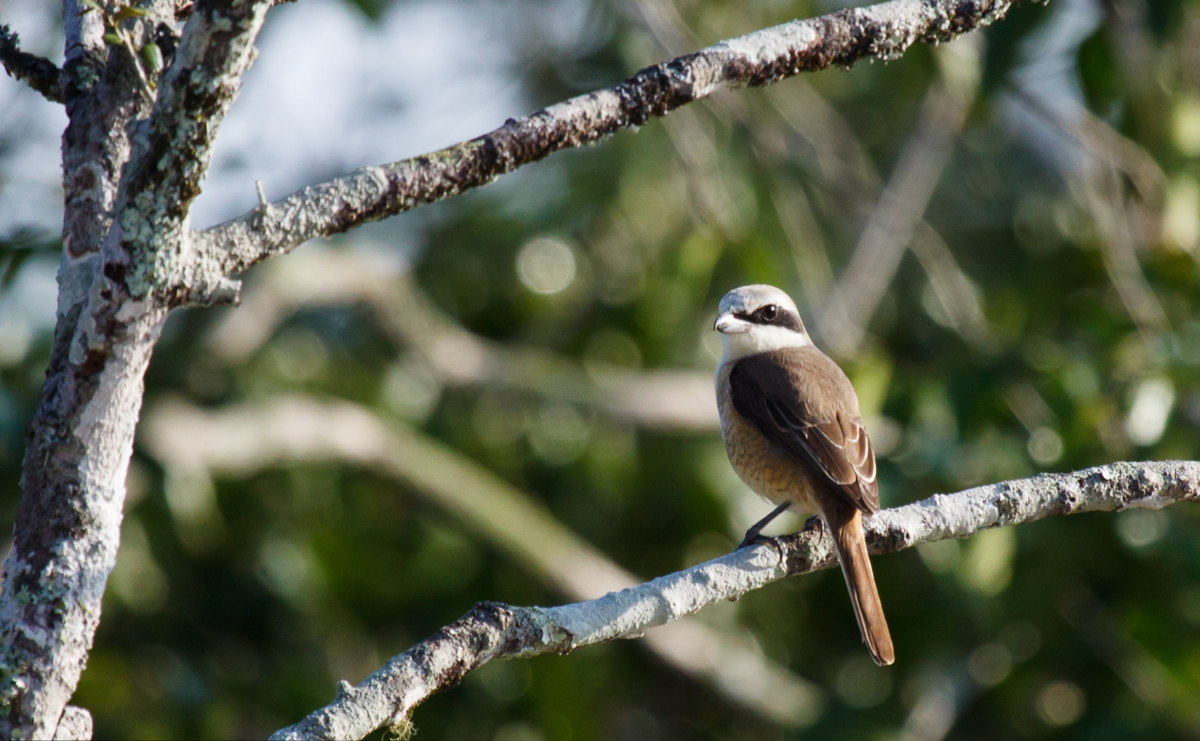
Philippine shrike. Image credit: Creative Commons
The forest vegetation on the mountains transition from Dipterocarpaceae in the lowlands to species of oak and laurel. The trees are shorter and smaller than the massive, heavily buttressed trees in the lowlands. The vegetation is dominated by species of the Lauraceae, Saxifragaceae, Fagaceae, Araliaceae, Myrtaceae, Podocarpaceae, and Theaceae families. The more common species include Deutzia pulchra, Schefflera oblongifolia, Lithocarpus woodii, Neolitsea microphylla, Dacrycarpus steupii, Leptospermum flavescens, Syzygium besukiense, Eurya nitida, Rhododendron subsessile, and Clethra luzonica.
Epiphytes, vines and mosses add habitat structure in the upper strata and canopy, and forest floor is thick with humus. These microhabitats support a diverse assemblage of small endemic rodents. At the highest elevations, however, the forests are stunted, with less structural complexity.
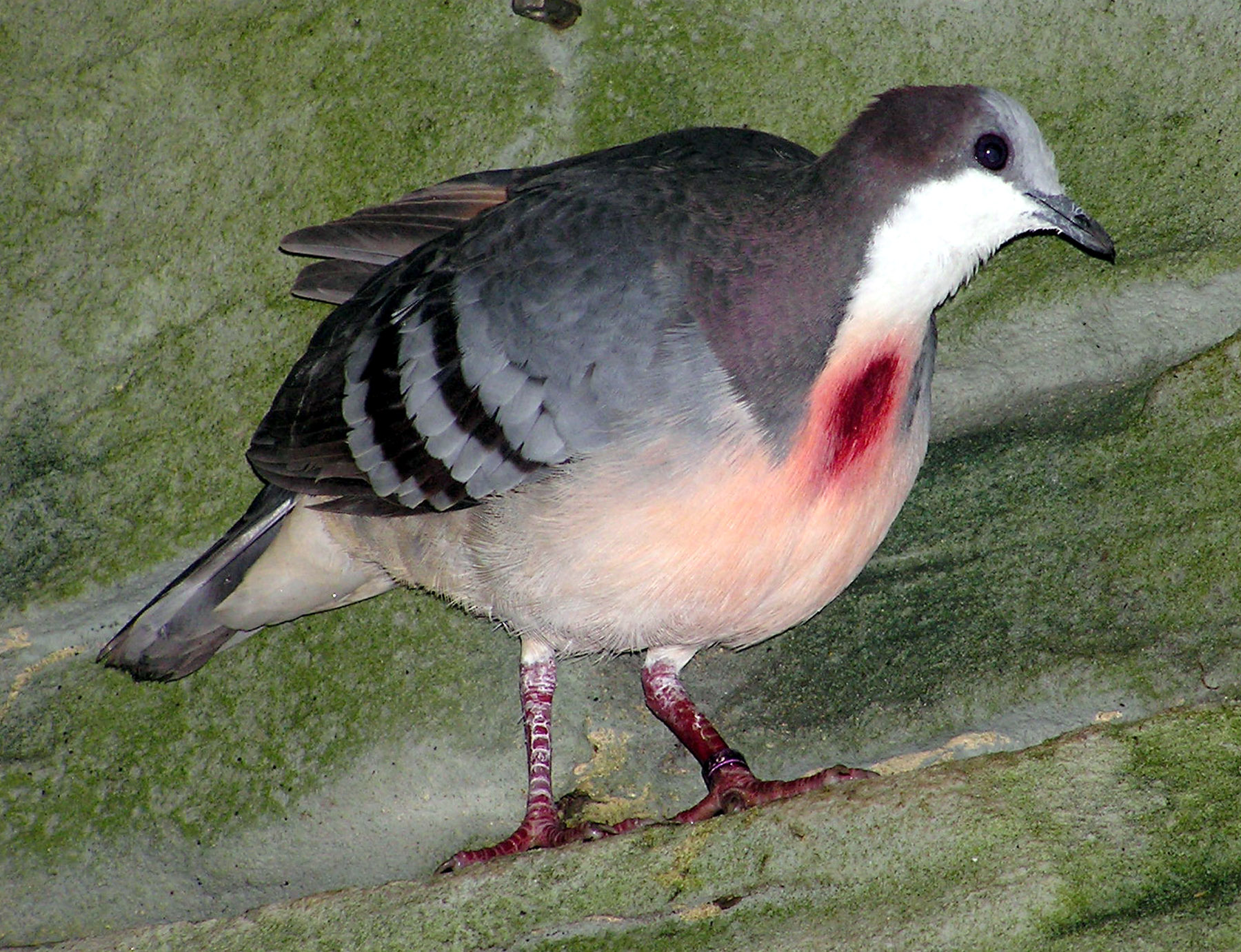
Luzon bleeding heart dove. Image credit: Adrian Pingstone, Creative Commons
The mammal fauna comprises of several small, endemic mice and rats. Over the long years of isolation these animals have evolved and specialized to adapt to the montane, ‘sky island’ habitats and fill narrow, specialized ecological niches. This ecological complexity is being unraveled only recently. Before the 1990s the only endemic non-volant mammal (those that cannot fly) known from the Sierra Madre Mountains was the Northern Luzon shrew-mouse. But subsequent field surveys have unearthed a treasure trove of over 50 fascinating small mammals, many endemic to individual peaks.
The cloud rats, represented by 12 species, come in a range of sizes and shapes; for example, the tiny Musseromys gulantan has whiskers so long that they reach the ankles. Species richness increases with elevation up until the mid-elevations, after which diversity and richness declines due to the decreasing micro-habitat diversity and structural complexity of the forests. Endemism in the mountains is also paralleled among other taxonomic groups; for instance, surveys indicate that there is about 70% endemism among the reptiles and amphibians.
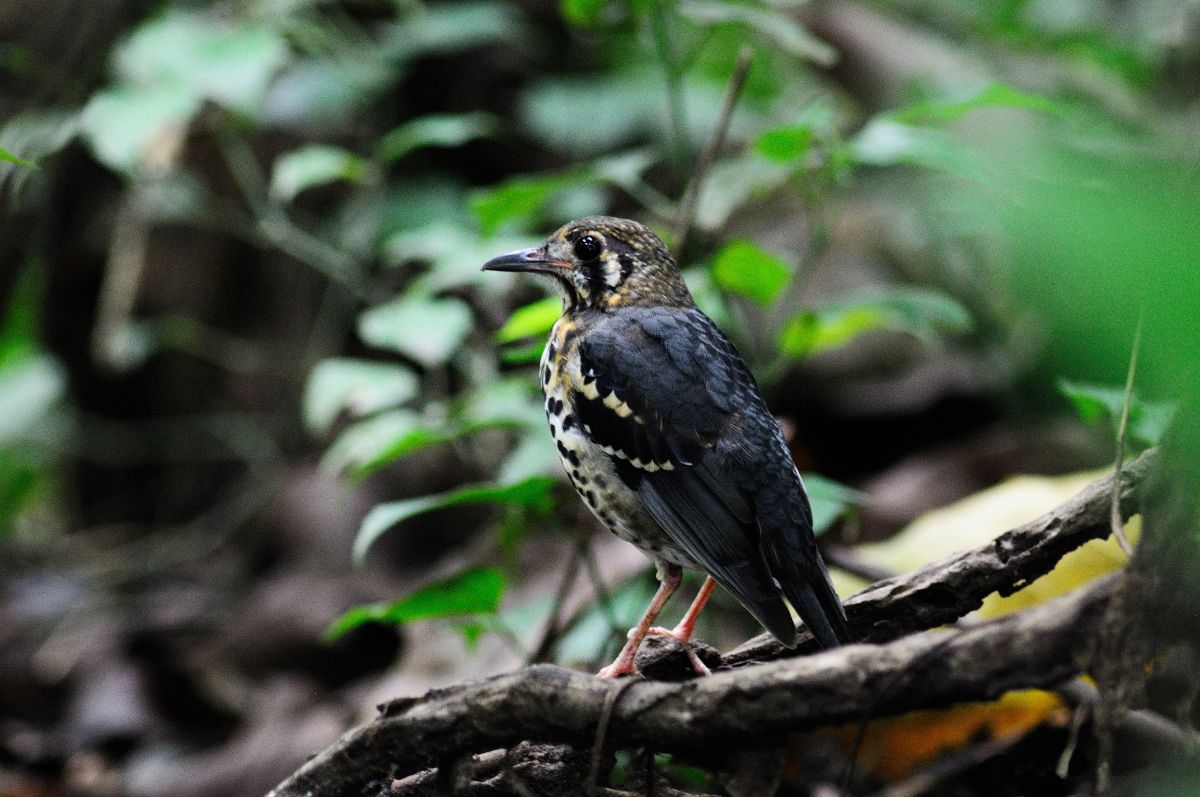
Ashy ground thrush. Image credit: Annie Espena, Creative Commons
These forests, rich in endemic species, are now under threat from clearing and conversion, and by climate change. Fortunately, about half the ecoregion in the Sierra Madre Mountains is formally protected, but the Zambales Mountains remain unprotected.
Thus, the recommended priority conservation actions are to: 1) ensure that the existing protected areas are well managed; 2) expand protection into other old-growth forests, especially in the Zambales Mountains because of their species turnover and point endemism; 3) establish a monitoring system for the endemic species, and integrate them as indicators of a climate vulnerability and adaptation strategy; and 4) conduct a valuation of ecosystem services from these mountains.
Citations
1. Philippine Biodiversity Strategy and Action Plan. 2015-2028. Department of Environment and Natural Resources. https://www.cbd.int/doc/world/ph/ph-nbsap-v3-en.pdf downloaded 16 March 16, 2018
2. Heaney, L.R., Balete, D.S. & Rickart, E.A. (2016) The Mammals of Luzon Island: Biogeography and Natural History of a Philippine Fauna. Johns Hopkins University Press, Baltimore, MD.
3. Wikramanayake, E, E. Dinerstein, et al. 2002. Terrestrial Ecoregions of the Indo-Pacific: A Conservation Assessment. Island Press.
